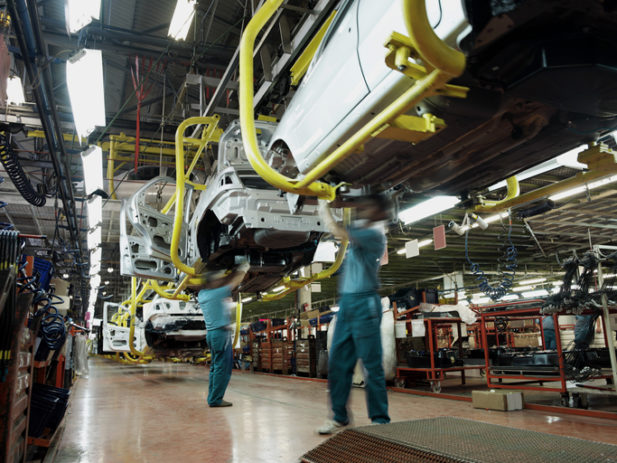Heavier Vehicles, Heavier Risk

There is a growing belief among drivers that vehicles are becoming safer and more efficient. Modern vehicles are equipped with innovative safety technology and are increasingly powered by batteries. These technologies have increased the overall weight of modern vehicles. While Governments have allowed these technologies to propagate and improve, they have not adapted their regulatory tool kits to address the dangers associated with heavier vehicles.
Road users are aware that speed increases the likelihood of serious injury in a crash. Road users are less aware that a vehicle’s weight can be equally dangerous to other road users. A vehicle’s kinetic energy is equal to half its mass multiplied by the square of its speed. As weight increases, vehicles translate more kinetic energy in a crash, and are more likely to injure other drivers, passengers and pedestrians. As an example, in 2019 the IIHS conducted a study, which found that small vehicles (which had good safety ratings) performed poorly in crash tests with mid-sized SUVs.
Vehicles are getting heavier. “Safe” vehicles are likely to weigh more. They are equipped with high strength steel, enhanced suspension, and a variety of onboard features that can dramatically increase weight. “Green” vehicles are also generally heavier than their conventional “gas-powered” counterparts. Electric vehicles contain a significant amount of copper, nickel, cobalt, iron and lithium that is not present in gas-powered vehicles. For example, the average Tesla contains around 500kg of battery material.
What is the solution? Consumers may consider purchasing vehicles with high safety ratings that are also heavy. In a crash between a heavy and light vehicle, you want to be driving the heavier vehicle. Governments may also have a role to play by focusing not only on speed as a way to enhance road user safety, but also focusing on weight to lower the force generated in crashes. For example, the Government may consider mandating the use of certain lightweight materials (e.g. aluminum vs. steel) for cosmetic and non-weight bearing components of a vehicle’s interior and frame.
About the Authors

Jordan takes deep satisfaction in advocating for those who have been affected by serious personal injuries. His practice focuses on motor vehicle collisions, occupiers’ liability, product liability, municipal liability, medical malpractice, wrongful death, accident benefits, and long-term disability claims.
